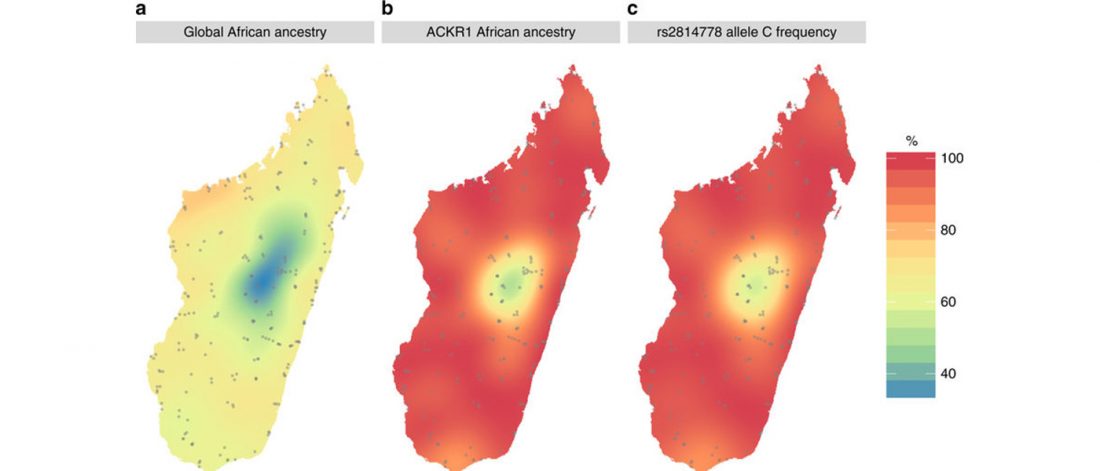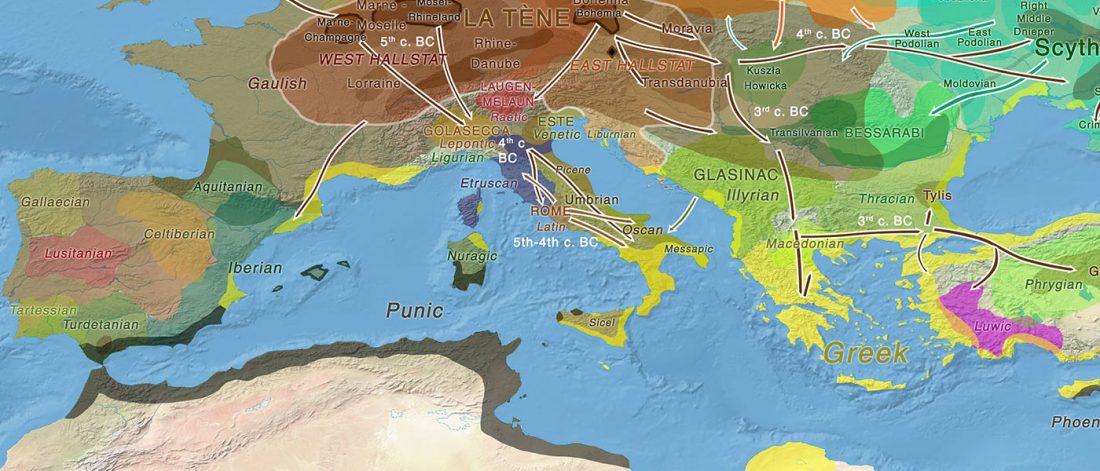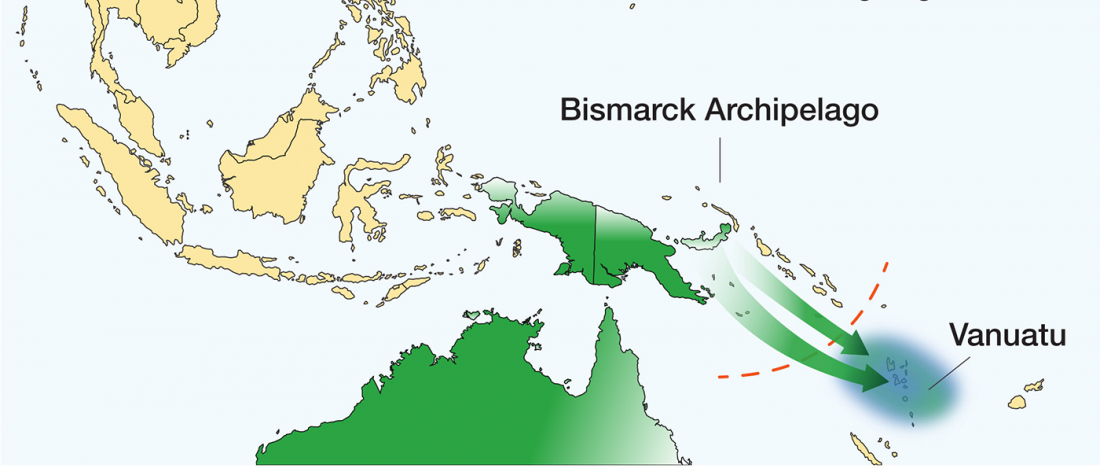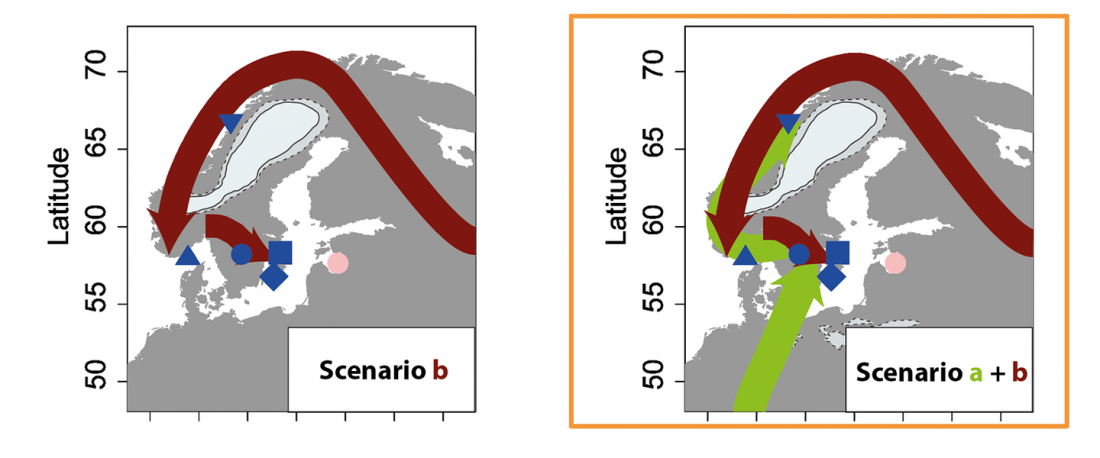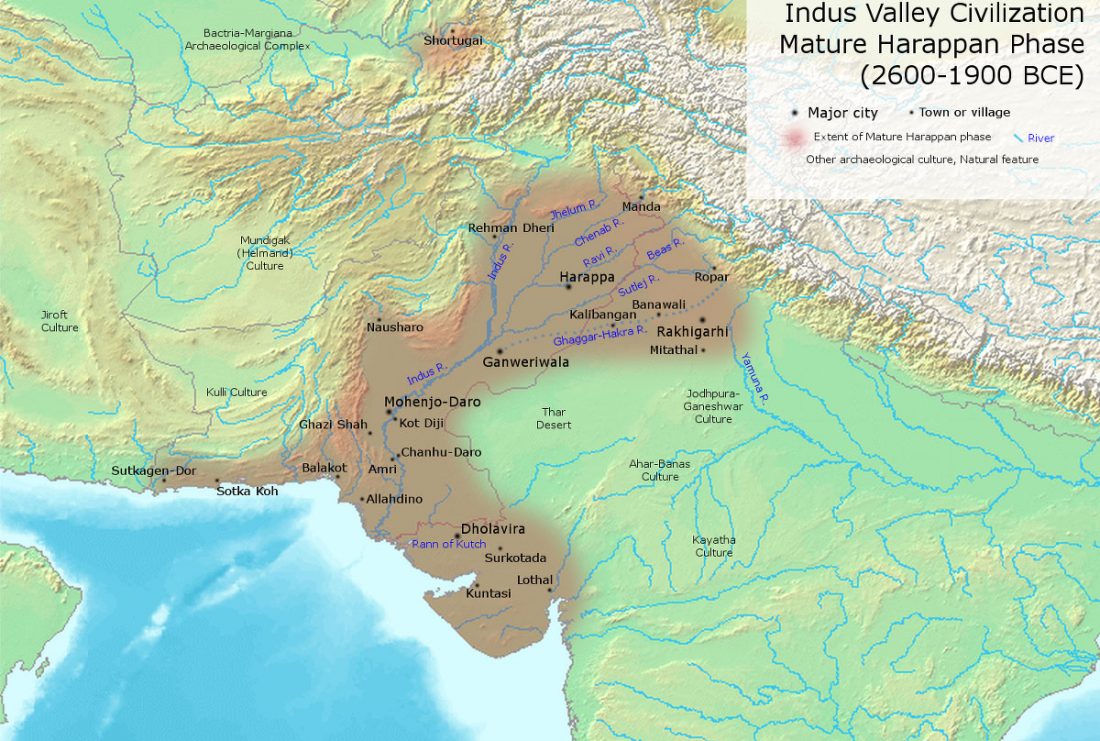Signal of recent positive selection for African ancestry in the admixed population of Madagascar
Open Access Strong selection during the last millennium for African ancestry in the admixed population of Madagascar, by Pierron, Heiske, Razafindrazaka, et al. Nature Communications (2018) 9: 932.
Abstract (emphasis mine):
… Read the rest “Signal of recent positive selection for African ancestry in the admixed population of Madagascar”While admixed populations offer a unique opportunity to detect selection, the admixture in most of the studied populations occurred too recently to produce conclusive signals. By contrast, Malagasy populations originate from admixture between Asian and African populations that occurred ~27 generations ago, providing power to detect selection. We analyze local ancestry across the genomes of 700 Malagasy and identify a strong signal of recent positive selection,
